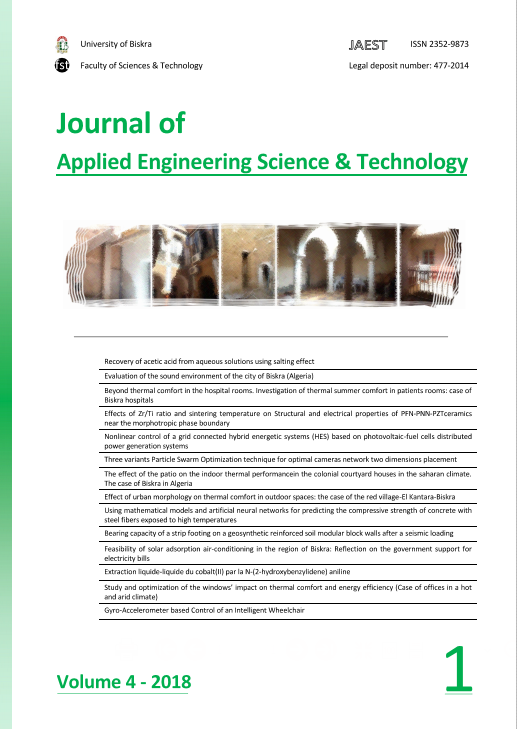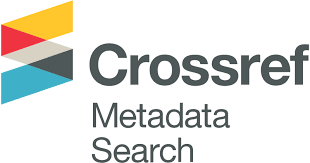Effects of Zr/Ti ratio and sintering temperature on Structural and electrical properties of PFN-PNN-PZTceramics near the morphotropic phase boundary
DOI:
https://doi.org/10.69717/jaest.v4.i1.65Keywords:
PFN-PNN-PZT, Sintering temperature, Morphotropic phase boundary, Piezoelectric, Properties, Dielectric propertiesAbstract
0.05Pb[Fe1/2 Nb1/2]O3-0.05Pb[Ni1/3Nb2/3]O3-0.90Pb[ZrxTi(1-x)]O3 [PFN-PNN-PZT] quaternary piezoelectric ceramics with varying Zr/Ti ratios located near the morphotropic phase boundary (MPB) were prepared by a conventional mixed-oxide route. The samples structure was determined by X-ray diffractometry which indicate that the phase structure, of sintered PFN-PNN-PZT ceramics, was transformed from tetragonal to rhombohedral with Zr/Ti ratio increased in system. The effect of Zr/Ti ratio and sintering temperature on the structure and piezoelectric properties of our simples were investigated. The new MPB in this quaternary system with optimum piezoelectric properties was found at x = 0.51-0.53. The dependence of the piezoelectric coefficient (d31), electromechanical coupling factor (kp) and the dielectric constant (ε) on the Zr/Ti ratio shows a pronounced maximum of d31 = 141* 10-12 C/N, kp= 0.64 and ε = 850 at Zr/Ti : 51/49. As the Zr/Ti ratio increases, the Tcof PFN-PNN-PZT ceramics decreases and consequently the peak in the dielectric spectrum corresponding to the Tc moves towards room temperature. A Tc of 360 °C is obtained when Zr/Ti: 51/49.
Downloads
Downloads
Published
Issue
Section
License

This work is licensed under a Creative Commons Attribution-NonCommercial 4.0 International License.













